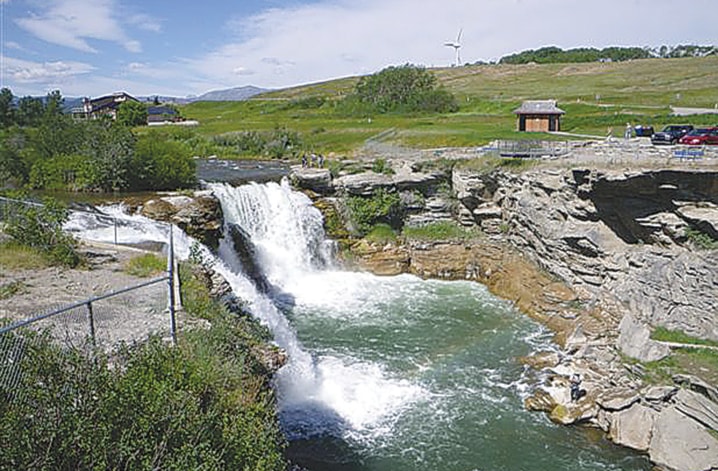Annual rite of spring about this time of year far too long ago: a crowd of small boys and young louts gathered to read the new season’s two page Summary of the Angling Regulations of Alberta newly posted on the lobby wall of the Brooks post office.
But there were never any changes, and we’d still have to go antsy for six weeks at least until the season opened May 16th for pike, perch, “pickerel,” and goldeye.
These days, about the same time the of year, we get a 96-page magazine, Alberta 2012 Sportfishing Regulations, more than 70 pages of which are small print, small-minded regulations amounting mostly to nothing in terms of wise fisheries management leading to better, more enjoyable sportfishing.
Last year was a stand pat, “off year,” but we were promised many changes this year. Some optimists even hoped that there would be a review and correction of at least some of the major management errors introduced in 1998. But no, we continue to target for kill and harvest the largest and best breeding trout in such famous places as the Crowsnest River and the tiny North Raven River, the most harmful management practice known in both fresh and salt water fisheries.
The major management error of the zero limit remains on Prairie Creek. It was imposed in 1998 at the request of a now-deceased, non-angling streamside landowner who mistakenly thought it might keep anglers off “his” stream. At the time, Prairie was at a balanced carrying capacity of above average size brown trout, and fisheries scientists say you never impose a zero limit on such a stream. Now, in 15 years, Prairie’s legendary “miracle mile” has been reduced to a mediocre 1.6 km.
We remain stuck with widely-flouted province-wide mandatory use of barbless hooks, the bright idea of Premier Klein, rammed through despite the views of his own biologists, and those of every other scientist who has studied the issue, that barbless hooks do not increase the survival of released fish.
The year before that stupidity became law, the Summary held a notice suggesting the voluntary use of barbless hooks. This year’s summary has a notice, Hooking Mortality From Bait which correctly notes that about 25 per cent of trout caught on natural and scented baits die after release, compared to less that four per cent caught on flies and lures, then says this: “anglers are encouraged to voluntarily fish with unbaited lures . . .” Could this mean that in the next “on-year,” 2014, all use of bait in Alberta will be banned? So, what’s new this year? Well, with some deductions and additions, there is a small net gain in the number of lakes where some walleye, Alberta’s most popular sport — and eating — fish, may be harvested under the draconian tagging system. But, no, Sylvan Lake is not included, despite many documented requests from informed anglers.
Likewise, we maintain the poacher’s paradise created by the zero limit on the schools of big walleye in the Red Deer River from the Dickson Dam down to the Tolman Bridge. Strangely, allegedly heavy angler pressure is cited for the new mountain whitefish limit on the Red Deer of three per day over 30 cm. What do these people think the walleyes, pike, and big brown trout in those waters eat? Common sense or science of balance in prey-predator populations is not a strong point with mere scriveners of regulations to push people around.
Even more strangely, in the Red Deer, from the dam to Tolman, you may take three saugers per day, of any size. Why? There are far more walleye than sauger in this water and, besides, 10 per cent of all Alberta anglers, max, can tell the difference between these close cousins.
Under the General section of “Important Changes 2012” is this: “In order to reduce harm to fish, the distance live fish can be taken from a waterbody has been reduced to five metres.” What, really, brought this on? What, really, is the need?
Following that comes the reminder to anglers “that the use of a light is illegal when sportfishing (unless the light is attached to a hook or line used in angling).”
Think about the logic, or use, of this. Angling at night is legal in Alberta, but maybe five in a hundred Alberta anglers ever fish at night.
Night fishermen need their headlamps to keep from killing themselves stumbling around in the dark and to change flies and lures, at which times they are careful not to shine a light on the water and thus scare the fish.
Yet using a light attached to a hook or line, presumably to attract fish is legal.
With regulations like these, it is actually a bittersweet blessing that we have so few fish and wildlife officers (now exiled to the Solicitor Generals department) in all of Alberta that your odds of ever being checked by one are just slightly better than in many lotteries.
Bob Scammell is an award-winning outdoors writer living in Red Deer.
